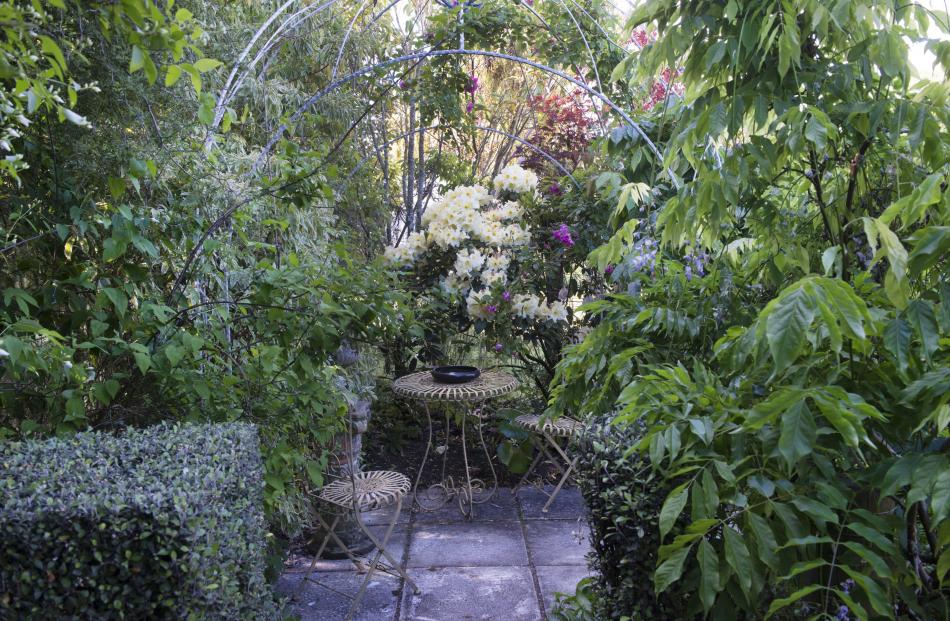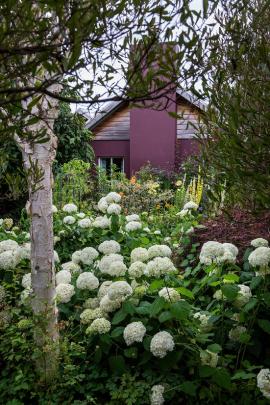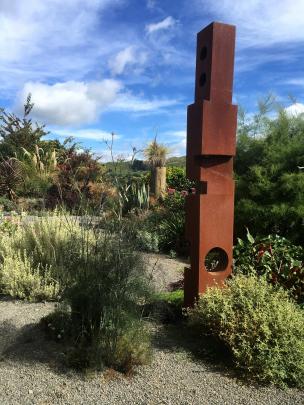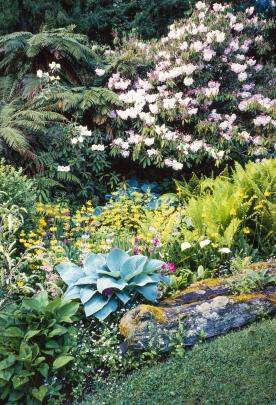"I'm not one of those people who went to Sissinghurst and had an epiphany, then took up gardening. I didn’t visit Sissinghurst until I was 35," says Gordon Collier.
The passionate plantsman and writer started gardening "when I was about four" and he hasn’t stopped.
His latest book, Gordon Collier’s 3 Gardens, is not only a record of the gardens he has created since 1965 - Tītoki Point, Anacapri and The White House - but "the essence of 85 years of gardening", he says.
In 1965, after studying horticulture at Massey University and working in New Plymouth, Collier wanted to have his own garden.
"So I returned to the family farm in Taihape and spent 30 years making Tītoki Point my dream garden," he writes.
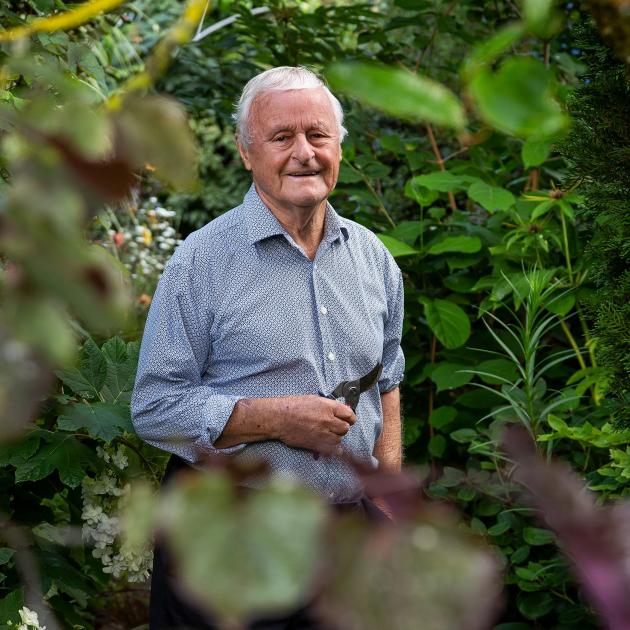
At the same time, Collier was carving out a career as a writer and was a popular and knowledgeable contributor to the likes of New Zealand Gardener magazine.
In 1999 it was time to move on.
He and his wife, Annette, were to spend the next 20 years at Anacapri, a much smaller garden at 870sq m) but one in which he could still display his passion for plants, some rare - like spidery-flowered Paris dulongensis and striped lily of the valley - and others very familiar.
"There’s nothing wrong with pansies."
Collier’s love of shade plants was also evident, featuring some of the numerous hostas he imported over the years, which really introduced New Zealand gardeners to the delights of these Asian foliage plants.
It is fitting that both Tītoki Point and Anacapri were highly rated by the New Zealand Gardens Trust, for Collier was instrumental in setting up the organisation and worked as a garden assessor.
In 2000, work started on The White House in Taihape. "Disturbingly bigger" than Anacapri, the remarkable thing is how established the garden looks after such a short time.
Instead of lawns, Collier has gravelled areas, not gravel gardens, he carefully points out.
"Lawns are addictive and very time-consuming ... and then there’s the sound of the motor mower on Sunday mornings."
He considers gravel a revolutionary alternative to lawn and a very good mulch.
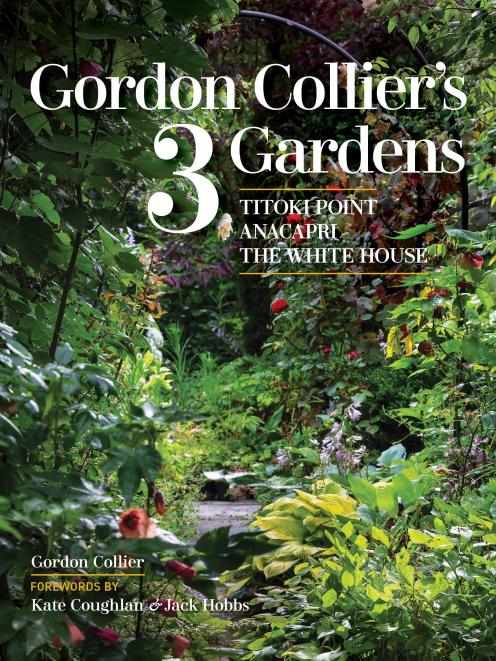
Heartened by the increase in interest in gardening, he says: "It’s largely experimenting if you’re new to gardening and that’s how it should be.
"You shouldn’t try to grow plants that aren’t happy where they are," he says, taking a sideswipe about some new varieties: "A lot of plants are bred out of their minds."
Gordon Collier’s 3 Gardens doesn’t have photos of vegetable plots but he does grow veges, "not necessarily in the vegetable garden".
Spring onions and red lettuces ("I love red") go in alongside flowers, while parsley makes a great border, he says.
"They’re all plants after all."
One of the reasons for the book is to record his gardens for posterity.
"A garden is not a picture hung on the wall. Most of the gardens in New Zealand disappear over time."
He chose to have more photographs and less text, and the result is a book that gardeners will pore over, be inspired by and begin to appreciate how much Gordon Collier has achieved.

